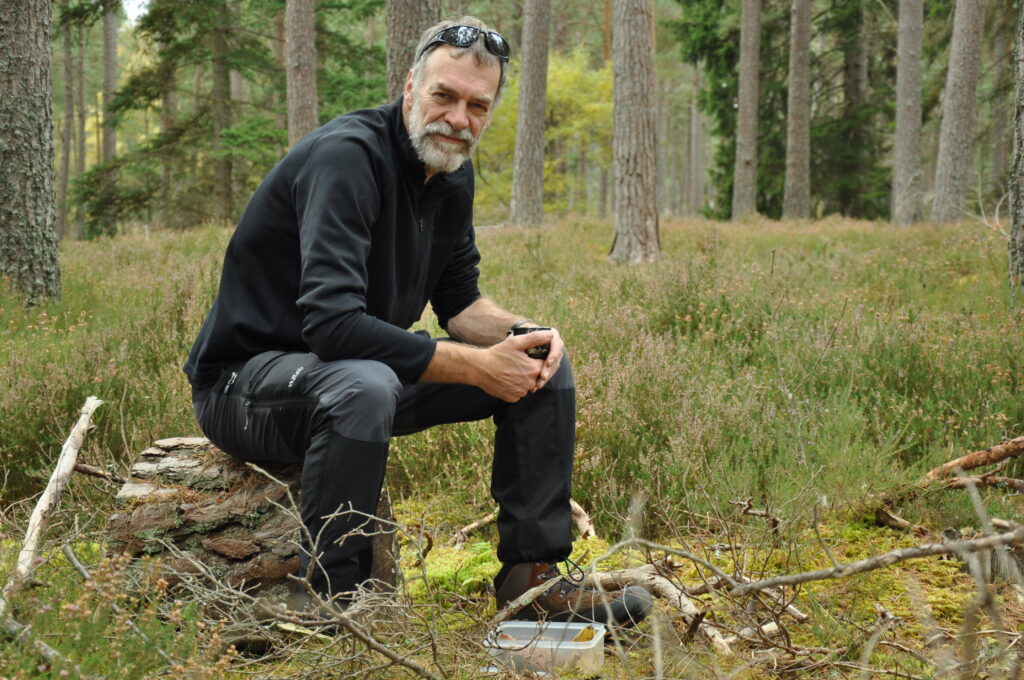A RARE truffle found in Scotland for the first time has created a conundrum for conservationists as it calls restoration goals into question.
Chamonixia caespitosa was discovered by ecologists from The James Hutton Institute during work to assess the restoration of a Site of Special Scientific Interest (SSSI) in Glen Creran, which involves removing spruce trees.
But, removing the spruce kills the fungus as the truffle forms a symbiotic relationship with the tree and cannot survive without it.

Dr Andy Taylor, molecular fungal ecologist at the Hutton, said: “It’s hugely exciting to find this fungus in Scotland.
“But it raises interesting questions about the restoration of our globally important – but increasingly rare and threatened rainforest habitats.
“We’re looking at a globally rare fungal species that exists only with non-native spruce trees that were introduced into a highly valuable native habitat.
“A key question for us now is how prevalent this fungus is at this site – and perhaps more importantly does it occur elsewhere – and should its presence be taken into consideration when restoring these sites?”
Typically found in the Alps and Scandinavia, the truffle has only been recorded in 160 places worldwide and once in the UK, seven years ago in northern Wales.
The fungus was found during DNA analysis of soil samples taken from the Glen Creran site as part of Scottish Government-funded work assessing the effectiveness of ongoing rainforest restoration work.
Usually spread by animals digging up and consuming the truffle, it’s not known how it found its way to Scotland.
Dr Taylor added: “From 42 sample sites at Glen Creran, we have generated some 300,000 fungal DNA sequences, which can be grouped into 1,985 different fungal species.
“Just three of those sequences, from one single sample, came from Chamonixia caespitosa, which means that we were incredibly lucky to find it.
“But without further work, we can’t tell how widespread it actually is.”
“Our assessment of these sites is now telling us a lot about these woodlands that we didn’t know.
“Thanks to the analytic techniques that we now use, where we can analyse DNA in soils to see what’s there in incredible detail, we expect to find more.”
The restoration work in Glen Creran, which is managed by Forestry and Land Scotland (FLS), is prioritising the rainforest habitat and is involved in wider efforts focused on plantations on ancient woodland sites (PAWS).
These ancient sites are at least 250 years old, but from the 1950s to 1980s, they were planted over with conifer trees.
These sites were part of an Atlantic rainforest habitat that once spread along the Atlantic coastline of Europe.
In Scotland, it is estimated the habitat now covers just 30,325 hectares, with 21% of sites having been planted over with conifer.
Colin Edwards, FLS Environment Manager, said: “This finding underlines the importance of research into the effectiveness of rainforest restoration work.
It highlights the degrees of complexity with which anyone involved in restoration work has to contend.”
